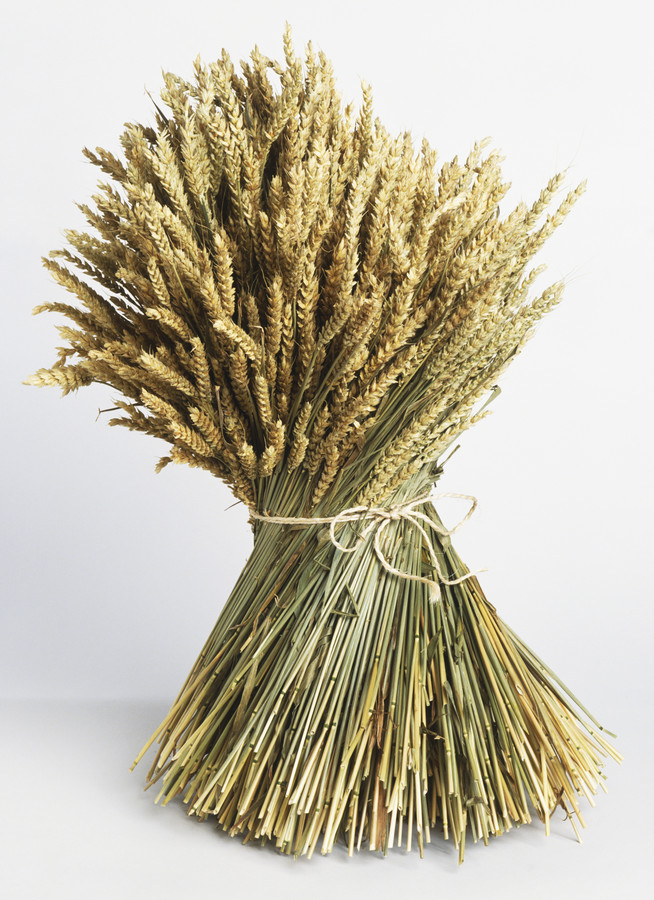Seminar on sheaf theory

Florent Schaffhauser
Heidelberg University
Winter Semester 2022-2023

Florent Schaffhauser
Heidelberg University
Winter Semester 2022-2023
The purpose of this seminar is to cover the basics of sheaf theory, with a view towards the cohomology of real and complex manifolds. The expositions will be given by the participants, in coordination with the professor in charge of running the seminar.
This seminar can be recommended as a complement to the course on Real Algebraic Varieties, taught in Heidelberg during the Winter Semester 2022-2023.

| # | Date | Topic | Speaker | References | Notes |
|---|---|---|---|---|---|
| 1 | 05/10 | Introductory meeting | Florent Schaffhauser | Syllabus | |
| 2 | 19/10 | Presheaves and sheaves | Anna Roth | [Tennison] § 1, 2.1, 2.2 |
|
| 3 | 26/10 | The sheafification of a presheaf | Immanuel Klevesath | [Tennison] § 2.3, 2.4 |
|
| 4 | 02/11 | Covering spaces and locally constant sheaves | Florent Schaffhauser | ||
| 5 | 09/11 | Morphisms of presheaves and sheaves | Felix Preu | [Tennison] § 3.2-3.4, 3.6 |
|
| 6 | 16/11 | Ringed spaces and manifolds | Till Janke | [Tennison] § 4.1, 4.3 |
|
| 7 | 23/11 | Locally free sheaves and invertible sheaves | Elia Fiammengo | [Tennison] § 4.4, 4.5 |
|
| 8 | 30/11 | An introduction to the Riemann-Hilbert correspondence | Florent Schaffhauser | ||
| 9 | 07/12 | Derived functors | Tim Wagemann | [Tennison] § 5.1, 5.2 |
|
| 10 | 14/12 | Sheaf cohomology | Mario Bühler | [Tennison] § 5.3 |
|
| 11 | 11/01 | Čech cohomology and the Picard group | Aarya Shah | [Tennison] § 5.4 |
|
| 12 | 18/01 | Flabby, soft and fine sheaves | Theresa Häberle | [Voisin] § I.4 |
|
| 13 | 25/01 | Cohomology of manifolds | Matilde Sciortino | [Voisin] § I.4 |
|
| 14 | 01/02 | The Hodge decomposition theorem | Florent Schaffhauser | [Voisin] § II.5, II.6 |